Resource Type: Instructional Practice
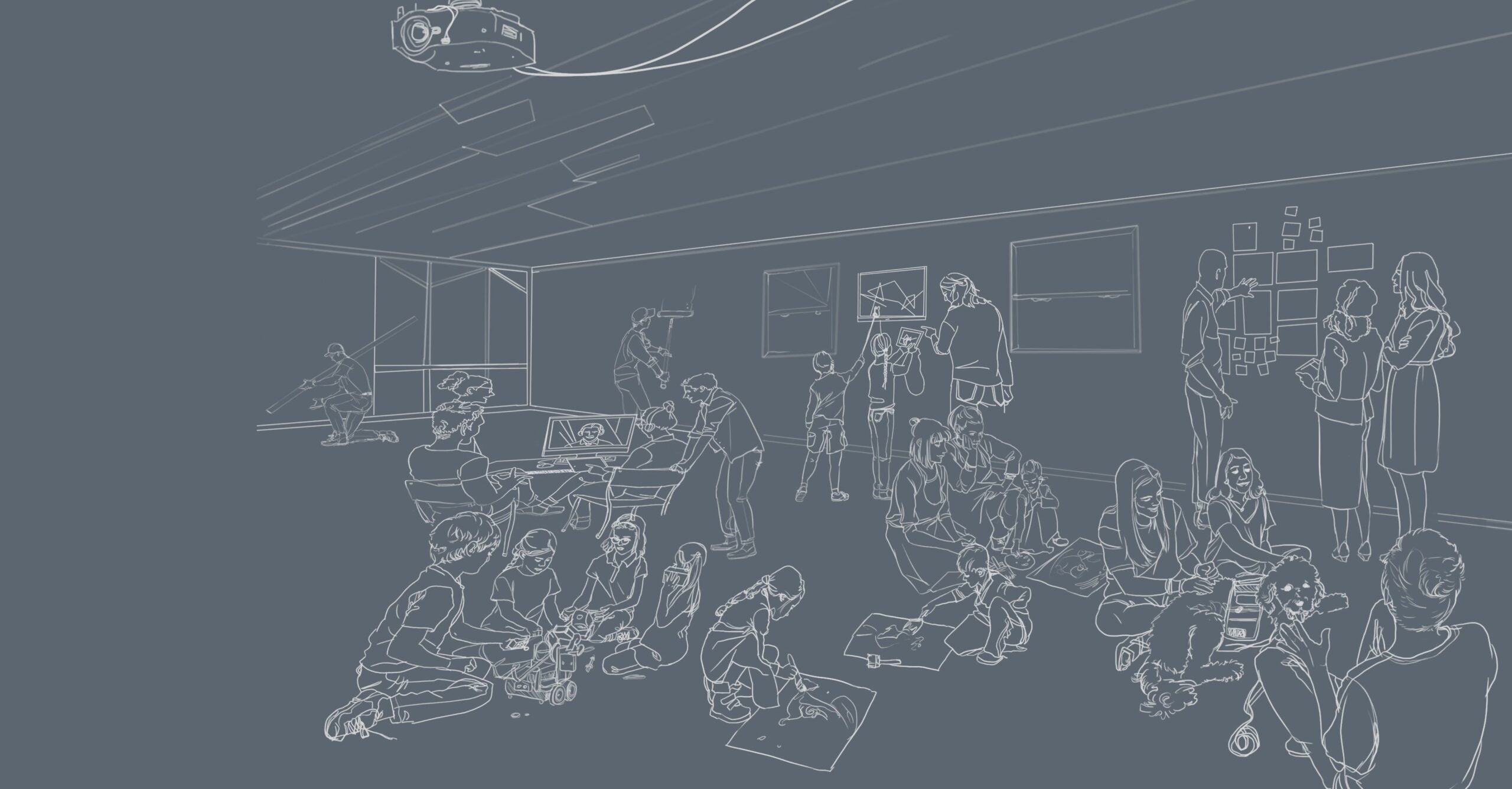
Seminar-style teaching
This guide offers a step-by-step collaborative planning process designed to promote deeper and more personalized learning. Explore how Westwood High School educators implement differentiated roles, team-based support and flexible schedules to bring their vision of seminar learning to life.
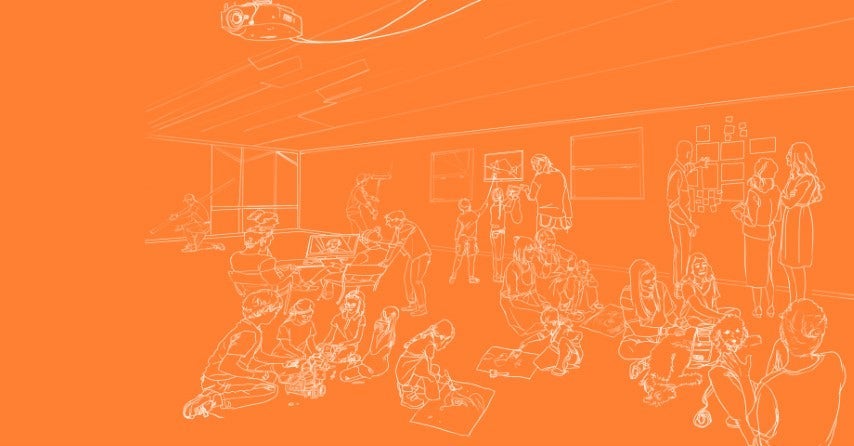
Dynamic student groupings at Stevenson Elementary (Kindergarten)
Explore some of the ways an educator team grouped and regrouped 100 students over the course of a single day.

Dynamic student groupings at Mountain View High School
Explore how 100 ninth grade students are supported by a core educator team that includes a Spanish teacher, biology teacher and a dual-certified English and world history teacher.

Dynamic student groupings at Skyline High School
Explore some of the ways an educator team grouped and regrouped 100 students over the course of a single day.
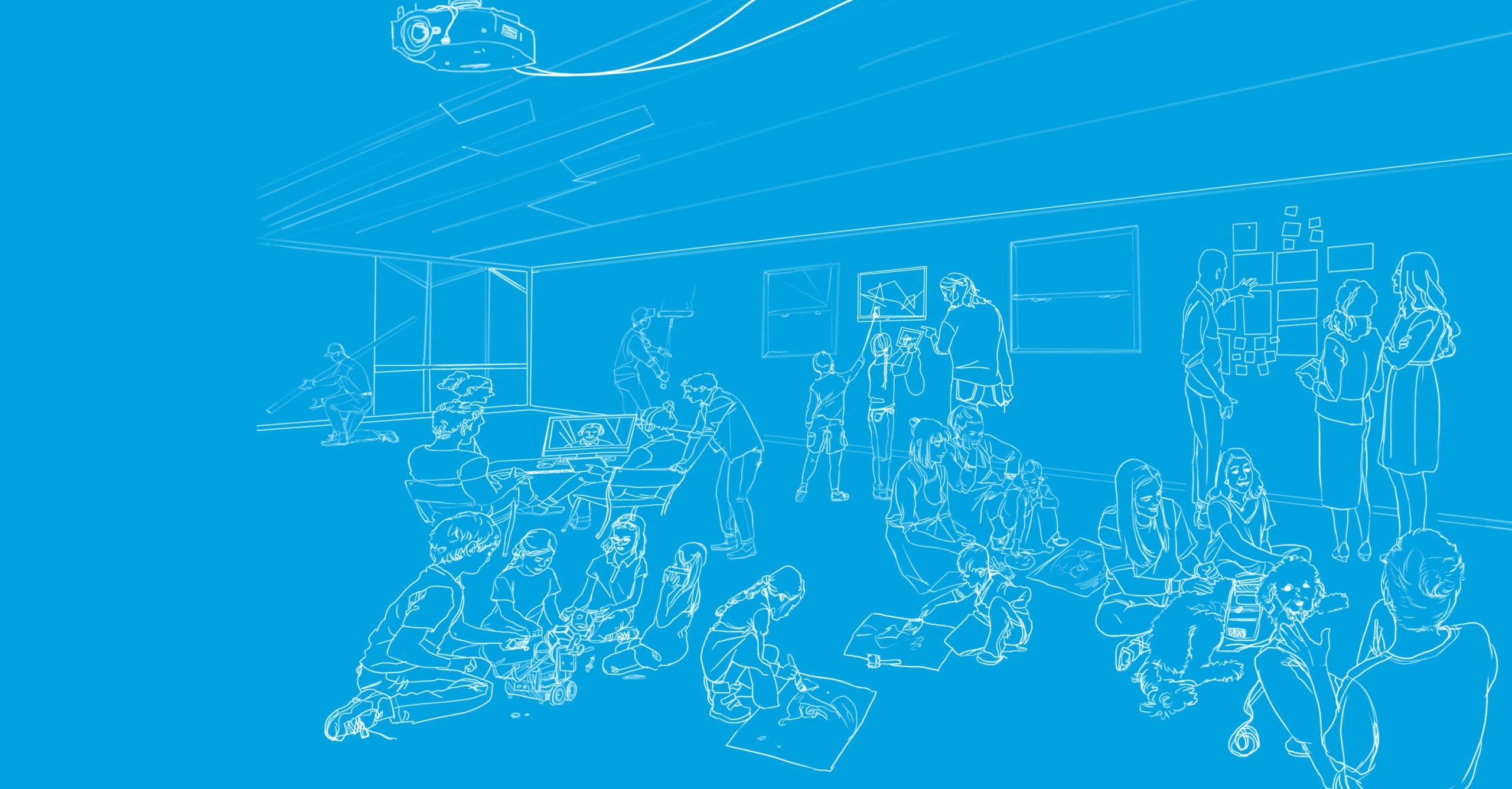
Driving Academic Progress
Learn more about how one school system leveraged bus drivers as literacy tutors between driving shifts.

Community Circles
When a child enrolls at Jefferson Elementary, they are assigned to a community circle composed of at least one child from each grade level. Explore this resource to learn more about the program and its impact on learning for students and for staff.

Literacy Accelerators
Two to four times per week, Skyline High School teacher academy students assume the role of community educator at their feeder school, Stevenson Elementary.

Medical Innovations
To gain an understanding of a variety of medical conditions and how they affect the people who face them, the 4–6 grade teaching team assembled ten community educators to participate in interviews with their students.

Dynamic student groupings at Paulo Freire
How Paulo Freire’s team of educators grouped and regrouped 68 middle school students over the course of a day.

Dynamic student groupings at Kyrene de las Manitas
At Kyrene de las Manitas, teams of educators incorporate dynamic student groupings into a shared roster of students.

Dynamic student groupings at Stevenson Elementary (5-6th)
Explore some of the ways an educator team grouped and regrouped 100 students over the course of a single day.
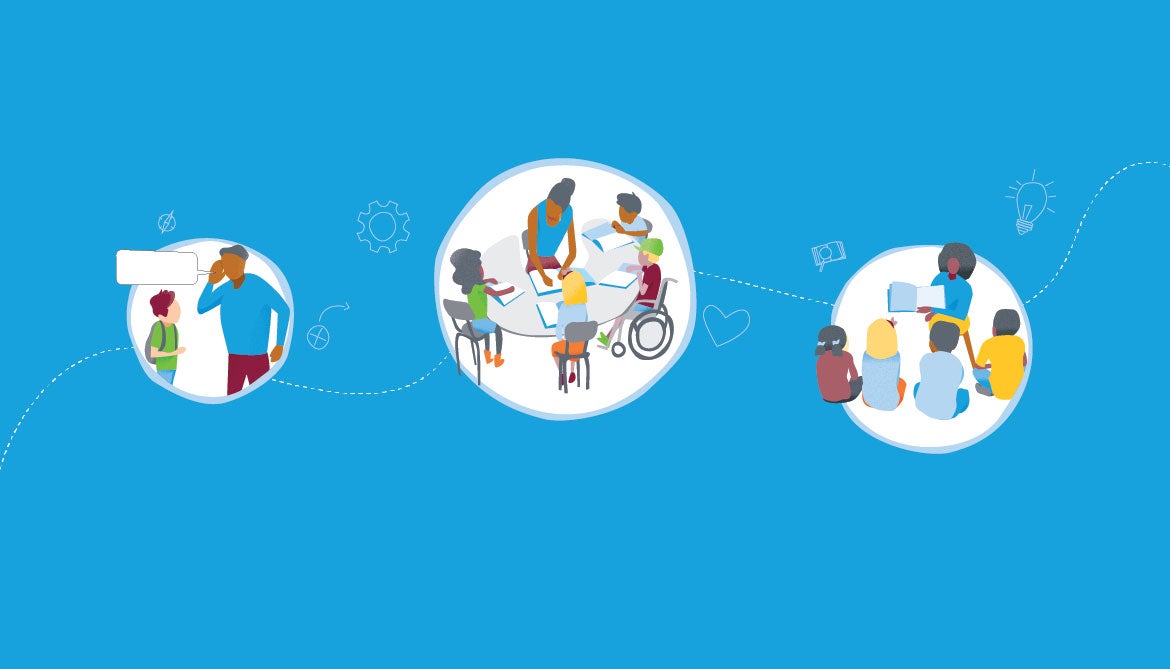
5 tips for community educators preparing to enter the classroom and other learning spaces
These five tips will help community educators prepare and feel ready to enter any learning space, have a successful experience and make lasting, meaningful connections with learners. This resource expands on helpful tips around translating industry expertise, managing the learning space, working with students during the visit and more.

Using collaborative tools to implement data-driven flexible grouping
Explore how educator teams use cloud-based spreadsheets to fluidly and transparently group students by interest and skill.

5 tips for creating an inclusive secondary school learning model
Leverage special educators’ knowledge and skills to increase the effectiveness of educator teams.

Self-organized learning environments
Learn to implement self-organized learning environments, an instructional approach in which students explore complex questions in self-organized peer groups.

Connecting with Community Educators
Community educators can be found simply by asking around your own social networks and community. However, there are also resources made specifically to locate and connect with industry experts who are ready to support your learning environment.

Mock Trial
Activating a lawyer for unit planning support is a great example of a community educator contributing to the distributed expertise of a team. Learn how.

Living Library
The Living Library brought more than 35 community educators — from stay-at-home parents to investment bankers — to connect with high school students struggling to see the importance of learning math.

Interest-based student groupings
Interest-based student groupings are groupings driven by student voice and choice. This planning protocol is an opportunity for team members to explore ways to leverage your team of educators to provide student voice and choice within a lesson or across a unit. In it, you’ll identify a lesson or unit appropriate for interest-based student groupings, draft student choices and work together to plan team deployment.

Skills-based student groupings
Skills-based student groupings are groupings based on formative student learning data. This planning protocol is an opportunity for team members to explore how you might leverage your team of educators to differentiate instruction for learners. In it, you’ll identify the objective(s) of your choice, draft a check for understanding and work together to plan team deployment for skills-based student groupings.

Student-selected support
In an effort to shift the ownership of learning from educator to student, SPARK School at Kyrene de las Manitas has implemented a system for students to reflect on their learning and progress, identify the academic support they need and schedule time to meet with the appropriate educator(s). This resource guides educator teams through steps to implementing student-selected support.

10 Tips for planning team-based deeper learning
The educator team at Kyrene de las Manitas Innovation Academy co-plans project-based units that support deeper learning. The 10 tips appearing in this document are drawn from their approach to planning. To get started, consider how your team might implement these tips.

Community Educator Invitation and Project Overview Template
Community educators provide capacity and insight in service of deepening and personalizing student learning. They enrich learning environments by forging authentic relationships, sharing expertise and expanding networks. Use this template to guide your communication with community educators.

Team-based PBL unit planning template
Next Education Workforce team-based structures can strengthen the project-based learning instructional approach. This unit planning template takes educators through the steps of designing a PBL unit, while also planning for how to maximize distributed expertise.

Community educator asset map
An asset map is a visual way to identify resources within your community. The act of creating a map of expertise can help you discover connections you already have, organizations you’d love to know about, and talents and resources near your school or available virtually.

Elementary instructional blueprints: An introduction
Elementary instructional blueprints suggest ways teams of educators with distributed expertise might deploy themselves to better deepen and personalize student learning.

Elementary instructional blueprint: Team-based differentiated practice
Elementary instructional blueprints suggest ways teams of educators with distributed expertise might deploy themselves to better deepen and personalize student learning.

Elementary instructional blueprint: Lessons with industry experts
Elementary instructional blueprints suggest ways teams of educators with distributed expertise might deploy themselves to better deepen and personalize student learning.

Elementary instructional blueprint: Thematic learning rotation
Elementary instructional blueprints suggest ways teams of educators with distributed expertise might deploy themselves to better deepen and personalize student learning.

Elementary instructional blueprint: Authentic assessment work time
Elementary instructional blueprints suggest ways teams of educators with distributed expertise might deploy themselves to better deepen and personalize student learning.
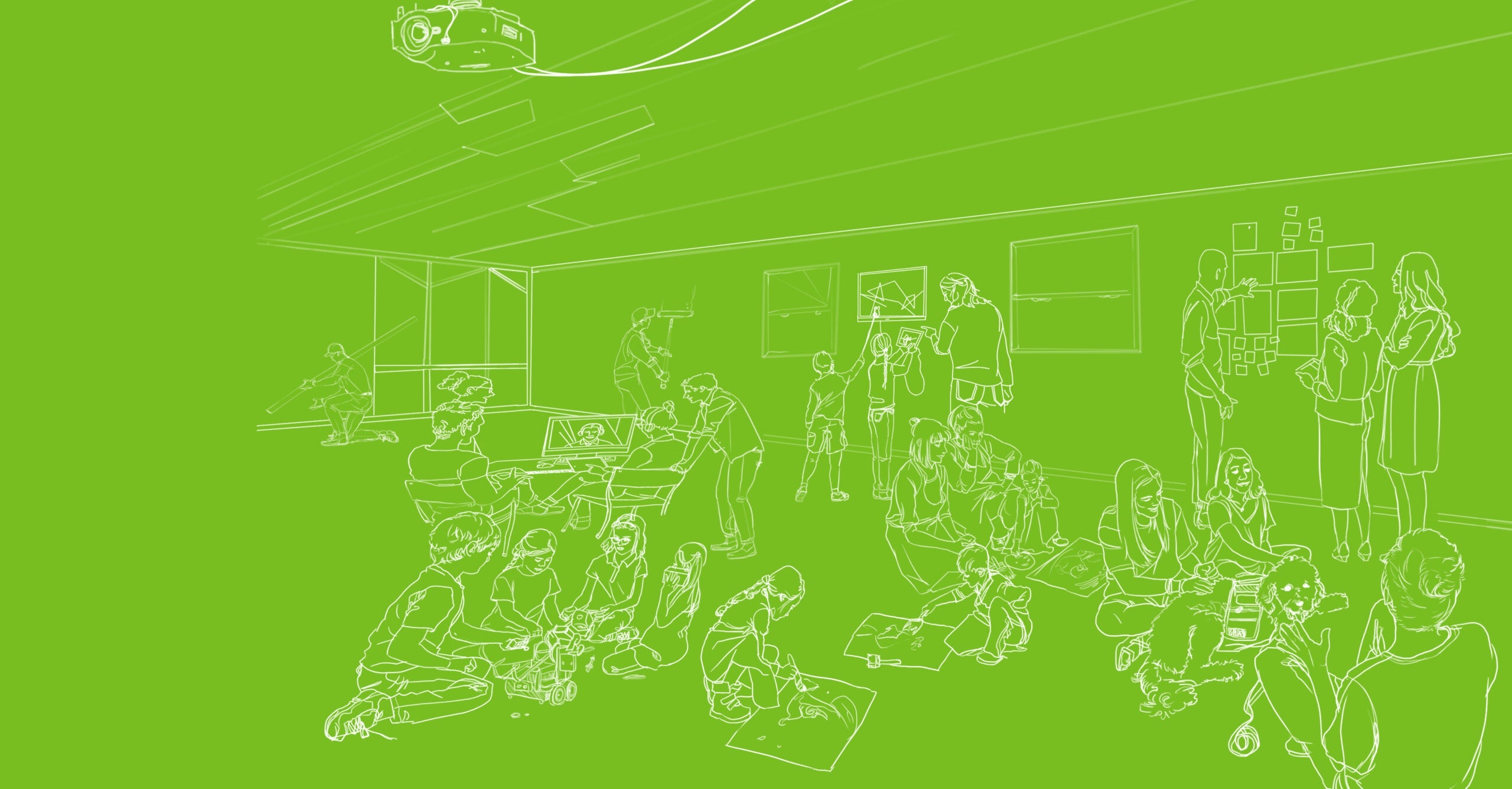
Personalized learning resources
Exploring a new topic can be exciting. We want to help make sure your exploration is productive, with targeted searches from reliable sources. This list, while not comprehensive, offers good resources for planning and implementing personalized learning.

Deeper learning resources
Exploring a new topic can be exciting. We want to help make sure your exploration is productive, with targeted searches from reliable sources. This list, while not comprehensive, offers good resources for planning and implementing deeper learning.

Levels of Student Autonomy
Levels of Student Autonomy is a simple system that supports student independence and personalized learning. The resource below explains how you might implement this system in your learning space.

